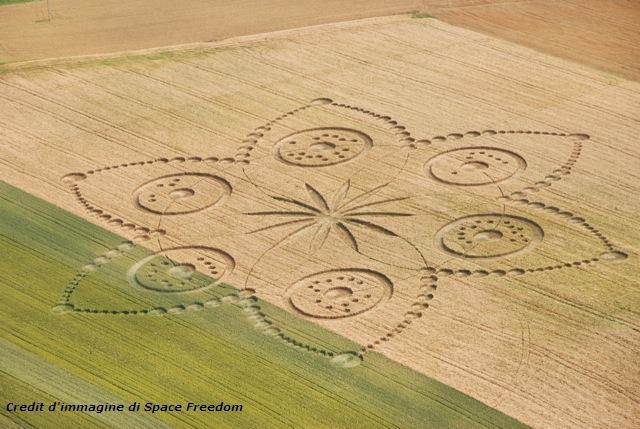I have a new mantra, so to speak. Every so often, sometimes years apart, I get a new idea of a thought to be resting in — like Don Juan’s “assemblage point” in the Castaneda books. My new thought to be coming from is BE CONTENT, which brings me a wave of comfort whenever I think of it.
My movie has me consumed. I’m advised to take time off, to kick back at night, to have a life. But, thanks to the internet, there’s always more to do. Even writing blog posts. Always more. With BE CONTENT in mind, instead of fighting against my proclivity I just let it be. Much better. I can feel it even as I write it.
This isn’t new news in the big world. ‘Acceptance’ is my top of the list word. But being content is the doing of acceptance, acceptance also being a more complex concept.
What? Accept the horrors of the world? To accept them doesn’t mean to approve of them, but to recognize that what is is, which comes before trying to change things.
Oh, I expect I’m going to get a few backs up here. Accept Hitler? Well, yes. Oh gosh, there’s more that figures to be coming to me of what there’s always more of.
I came the closest to a mystical experience when I realized how vital acceptance is. It’s “being in the now,” as advocated perhaps most popularly at this time by Exkhart Tolle in books like, The Power of Now. My personal mystical sort of realization came with the idea that if one person did that totally, accepting everything (it came to me, sitting cross-legged on my bed, as “letting everything land in your lap”), we would have another Christlike being — and wouldn’t that be a wonderful model to have amongst us?! There would be no denying the power of the good that would emanate from such a person.
When I read this to a friend, I got this great quote back, “Contentment is the only true wealth!” Lau Tzu

 Follow
Follow









